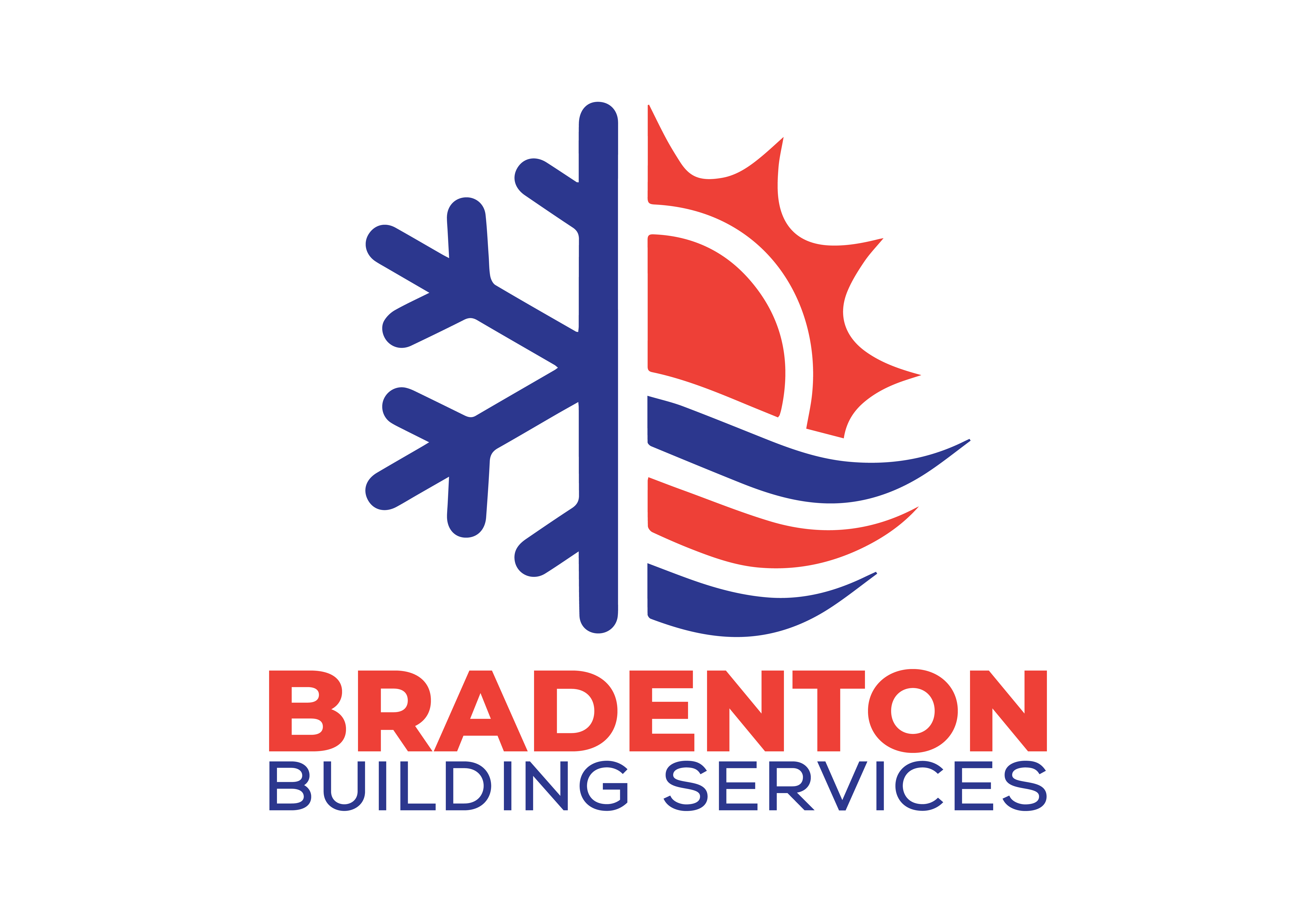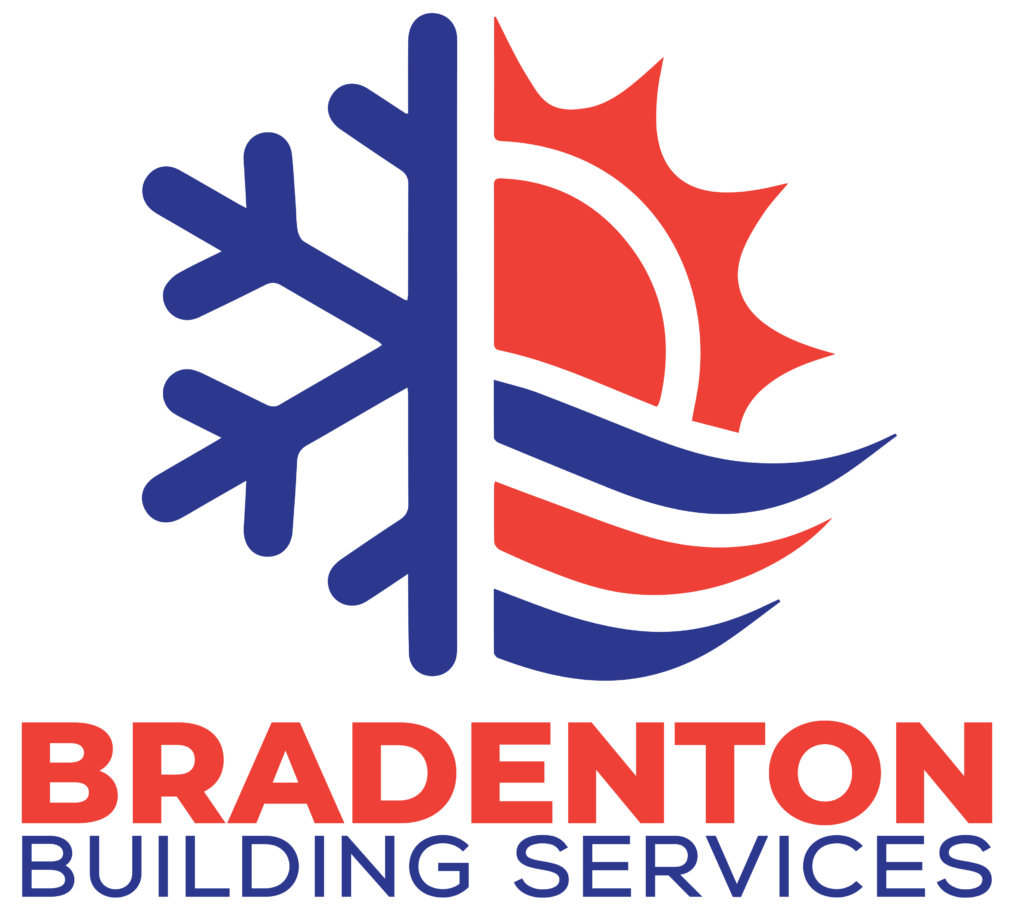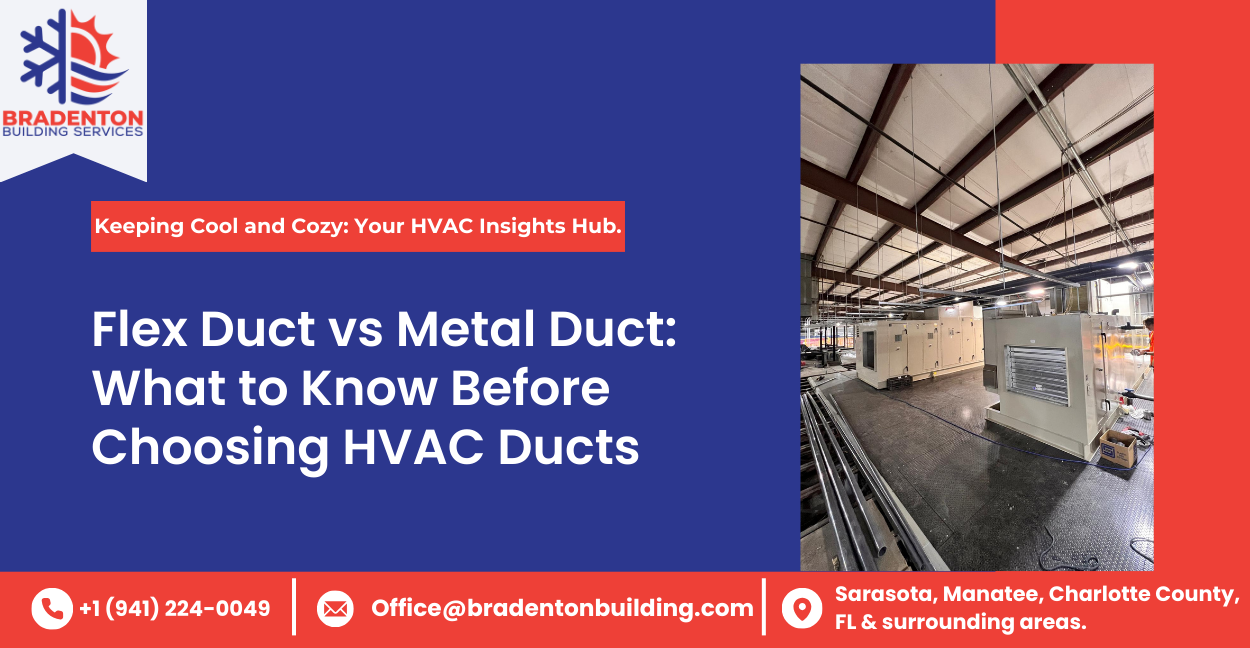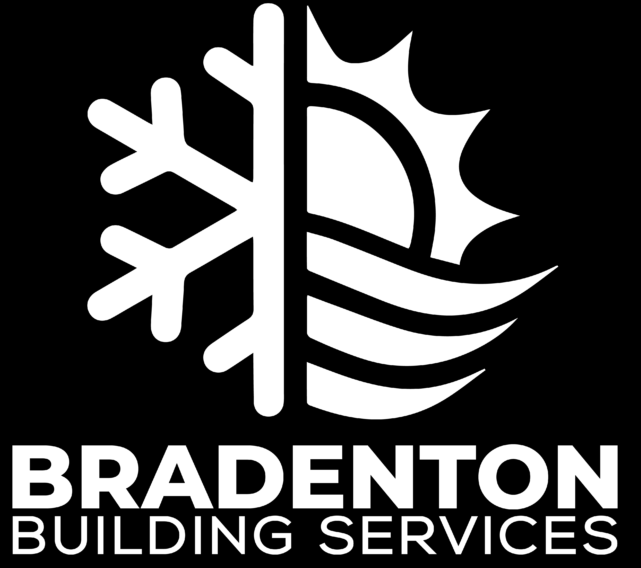When it comes to designing or upgrading your HVAC system, one of the most important decisions you’ll face is choosing the right type of ductwork. The choice between Flex Duct vs Metal Duct is particularly common, as both options offer distinct advantages depending on your home’s needs. Each duct type plays a crucial role in ensuring efficient airflow, indoor air quality, and overall system performance. Flex ducts are known for their flexibility and ease of installation, while metal ducts are praised for their durability, superior airflow, and longer lifespan. But which is the better fit for your home? In this article, we’ll explore the key differences between Flex Duct vs Metal Duct, highlighting their unique characteristics, benefits, and ideal applications. By the end, you’ll have a clear understanding of which option is best suited to your HVAC setup, helping you make an informed decision for your home’s comfort and efficiency.
Core Differences: Materials, Performance & Durability
When comparing Flex Duct vs Metal Duct, it’s essential to understand how each type is constructed, how it functions within an HVAC system, and how it holds up over time. This section takes a close look at their core differences to help you decide which type better suits your home’s airflow needs and architectural layout.
Flex Ducts: Lightweight, Insulated, and Easy to Work With
Flex ducts are designed with adaptability in mind. Built around a spiral wire frame, these ducts are encased in a flexible plastic inner core, surrounded by a layer of fiberglass insulation and then covered by an outer vapor barrier. This multi-layered construction offers solid insulation and allows the duct to bend and twist as needed.
-
Key Characteristics:
Highly Maneuverable:
Flex ducts can snake around beams, joists, and other obstacles with ease. This is particularly beneficial in attics, crawl spaces, or ceilings with limited room for rigid installations. Their pliability reduces the need for additional fittings or transitions, helping to minimize air leaks when properly installed.
Pre-Insulated Design:
Unlike metal ducts, which require external insulation, flex ducts usually come with a built-in layer of fiberglass insulation. This helps maintain the temperature of the air moving through them, reducing thermal loss and energy inefficiency. The vapor barrier also helps protect against moisture build-up.
Quicker Installation Time:
Because they are lightweight and require fewer fittings or support brackets, HVAC technicians can install flex duct systems faster than metal ones. This can be helpful for projects on a tight schedule or for retrofitting HVAC systems in older homes.
-
Important Considerations:
Airflow Restrictions:
If not properly installed and supported, flex ducts can sag or kink, creating airflow resistance. Sharp bends or tight compressions in the duct can significantly reduce airflow efficiency and may force the HVAC system to work harder than necessary.
Vulnerability to Damage:
The flexible plastic material and inner coil are more prone to tearing or puncturing if exposed. For long-term performance, flex ducts need to be properly supported, protected from physical damage, and routinely inspected.
Metal Ducts: Durable, Smooth, and Built for Long-Term Performance
Metal ducts are the traditional workhorse of ducted HVAC systems. Typically fabricated from galvanized steel or aluminum, they’re designed to provide strong, consistent airflow with minimal resistance. Though more rigid and less forgiving than flex ducts, metal ducts offer structural integrity and excellent airflow efficiency.
-
Key Characteristics:
Superior Airflow Efficiency:
Thanks to their smooth inner walls, metal ducts allow air to travel with minimal resistance. There’s no internal ribbing or flexible structure to interrupt the flow, which results in less friction and better air distribution. This makes them especially suitable for larger homes or HVAC systems with longer duct runs.
Longevity and Strength:
With proper installation and occasional maintenance, metal ducts can last for decades—often 30 to 50 years or more. Their solid construction makes them resistant to wear and tear, rodents, and environmental degradation. They’re ideal for homeowners looking for a long-term investment.
Ideal for Duct Cleaning:
Over time, dust, debris, and allergens can build up inside your ductwork. Metal ducts are easier to clean because their smooth surfaces don’t trap as much dirt. They’re also less likely to harbor mold or mildew when compared to the fiberglass lining found in some flex ducts.
-
Important Considerations:
Installation Requirements:
Because they are not flexible, metal ducts must be custom cut and precisely fitted to the layout of the home. This often requires more labor and planning, especially in homes with unconventional framing or limited space between walls or joists.
Insulation Needs:
Metal ducts don’t include built-in insulation. To achieve energy efficiency, they must be wrapped with external insulation. Without proper insulation, they can cause heat loss in winter and heat gain in summer, as well as unwanted noise from expanding or contracting metal.
Looking to upgrade your HVAC system? Let Bradenton Building handle your ductwork with precision and care. Call us today or fill out our online form to get started!
When to Use Flex Ducts vs Metal Ducts: Choosing Based on Home Design & HVAC Goals
Choosing between Flex Duct vs Metal Duct isn’t just about material preferences—it’s about matching the right duct type to your home’s structure, HVAC system design, and overall performance goals. Both types serve important purposes, but their effectiveness can vary based on your layout, airflow needs, and installation conditions.
Here’s a detailed look at where and when each type of duct performs best.
Ideal Use Cases for Flex Ducts
Flex ducts are the go-to solution for installations where space is limited or the ductwork needs to bend around structural barriers. They’re especially useful in retrofits or homes with irregular layouts, attics, or drop ceilings.
-
Best Situations for Flex Duct Use:
Tight or Confined Spaces:
In homes where duct runs need to wind around beams, floor joists, or wall studs, flex ducts provide the needed flexibility without requiring extensive rerouting.
Short Runs of Airflow:
Flex ducts perform best in short, straight runs. When used correctly, they can deliver sufficient airflow without significantly impacting system efficiency. Excessive length or unnecessary bends, however, can compromise performance.
Secondary Branch Lines:
HVAC systems often use metal ducts as a main trunk line and then branch out using flex ducts to individual rooms. This hybrid approach takes advantage of flex duct flexibility without compromising main-line airflow.
Quick Installation Needs:
For projects on a tight schedule, flex ducts allow technicians to complete ductwork installations more quickly. This can be helpful during emergency replacements or in time-sensitive renovations.
-
Considerations:
To maintain system efficiency, flex ducts must be:
Properly supported every 4 feet to prevent sagging
Installed with minimal bends or compression
Kept free from obstructions and tears
Ideal Use Cases for Metal Ducts
Metal ducts offer a durable and high-performance solution for HVAC systems that demand long-term reliability and maximum airflow efficiency. Their rigid structure ensures consistent performance and is well-suited for new construction or large systems.
-
Best Situations for Metal Duct Use:
Homes with Ample Space for Installation:
If your home has sufficient room between walls, ceilings, or floors, installing metal ducts is often a smart long-term choice. Their rigid form requires more space but results in a cleaner and more efficient layout.
Main Supply & Return Lines:
Metal ducts are ideal for the main supply and return trunks in your HVAC system. These ducts handle the largest volume of air, and metal’s smooth interior helps prevent pressure loss and maintain balanced airflow.
High-Performance HVAC Systems:
If your system is designed for energy efficiency or zoning (where specific rooms are heated/cooled differently), metal ducts provide better control, consistency, and response to system adjustments.
Homes with High Air Quality Requirements:
Metal ducts are easier to seal, clean, and maintain, making them ideal for homes that prioritize clean indoor air, especially for allergy or asthma sufferers.
-
Considerations:
Metal ducts need custom sizing and expert installation, which can take more time and effort.
External insulation is required to prevent condensation and energy loss.
They’re best installed in homes that allow access for long, straight runs.
Need expert ductwork guidance or installation? Trust the professionals at Bradenton Building Services to help you choose and install the right HVAC ducts for lasting performance and comfort. Contact us now or visit our website to schedule your consultation.
Frequently Asked Questions
1.) What’s the main difference between flex duct and metal duct?
The biggest difference between Flex Duct vs Metal Duct lies in their structure and usage. Flex ducts are lightweight, bendable, and easier to install in tight spaces. Metal ducts are rigid, more durable, and offer better airflow efficiency, especially over long distances. Choosing the right type depends on your home’s layout and HVAC system needs.
2.) Can I mix flex ducts and metal ducts in the same HVAC system?
Yes, many HVAC systems successfully use a hybrid setup—metal ducts for the main supply and return trunks, and flex ducts for short branch runs to individual rooms. This approach offers the best of both worlds: the strength and airflow of metal, combined with the flexibility and ease of installation offered by flex ducts.
3.) Are flex ducts bad for airflow?
Flex ducts aren’t inherently bad for airflow, but they must be installed correctly to perform well. When improperly installed—with sharp bends, excessive sagging, or compressed sections—flex ducts can create airflow resistance. However, when installed straight and fully supported, they can perform efficiently, especially for shorter runs.
4.) How long do flex and metal ducts last?
Flex ducts typically last between 10–20 years, depending on the quality of the material and installation. They are more vulnerable to wear and tear from environmental exposure, rodents, or poor support. Metal ducts, on the other hand, can last 30–50 years or longer with proper care, offering greater long-term durability.
5.) Which type of duct is easier to clean and maintain?
Metal ducts are easier to clean because of their rigid and smooth interior. Dust, allergens, and debris don’t cling as easily, and professional duct cleaning services can access them more effectively. Flex ducts, with their ribbed interiors and flexible construction, are harder to clean and may be damaged during aggressive cleaning if not handled properly.
6.) Do I need insulation with metal ducts?
Yes. Unlike flex ducts, which come pre-insulated, metal ducts must be wrapped with insulation to prevent heat loss or gain. Without proper insulation, metal ducts can become noisy and inefficient, especially in unconditioned spaces like attics or basements.
7.) Which duct type is better for quiet HVAC operation?
Properly installed and insulated metal ducts can be quieter over time, especially because they offer less resistance to airflow. However, flex ducts can muffle sound naturally due to their insulation and flexible material. Both types can be quiet if installed correctly, but poor installation of either can lead to rattling or whistling sounds.
8.) Is it easier to install flex duct or metal duct?
Flex ducts are significantly easier and quicker to install. Their flexible nature allows installers to snake them through tight or awkward spaces without custom fittings. Metal ducts require more planning, cutting, and connection work, making the process more labor-intensive.
Enhance Your Commercial HVAC System with Bradenton Building Services
Looking for reliable commercial HVAC services, air quality solutions, HVAC maintenance, or air filter services in Sarasota and Manatee? Bradenton Building Services has you covered. We specialize in optimizing HVAC systems to ensure comfort, energy efficiency, and healthy air quality for your business.
- Commercial HVAC Services
- Air Quality and Purification Solutions
- HVAC Maintenance
- Commercial Air Filter Services




